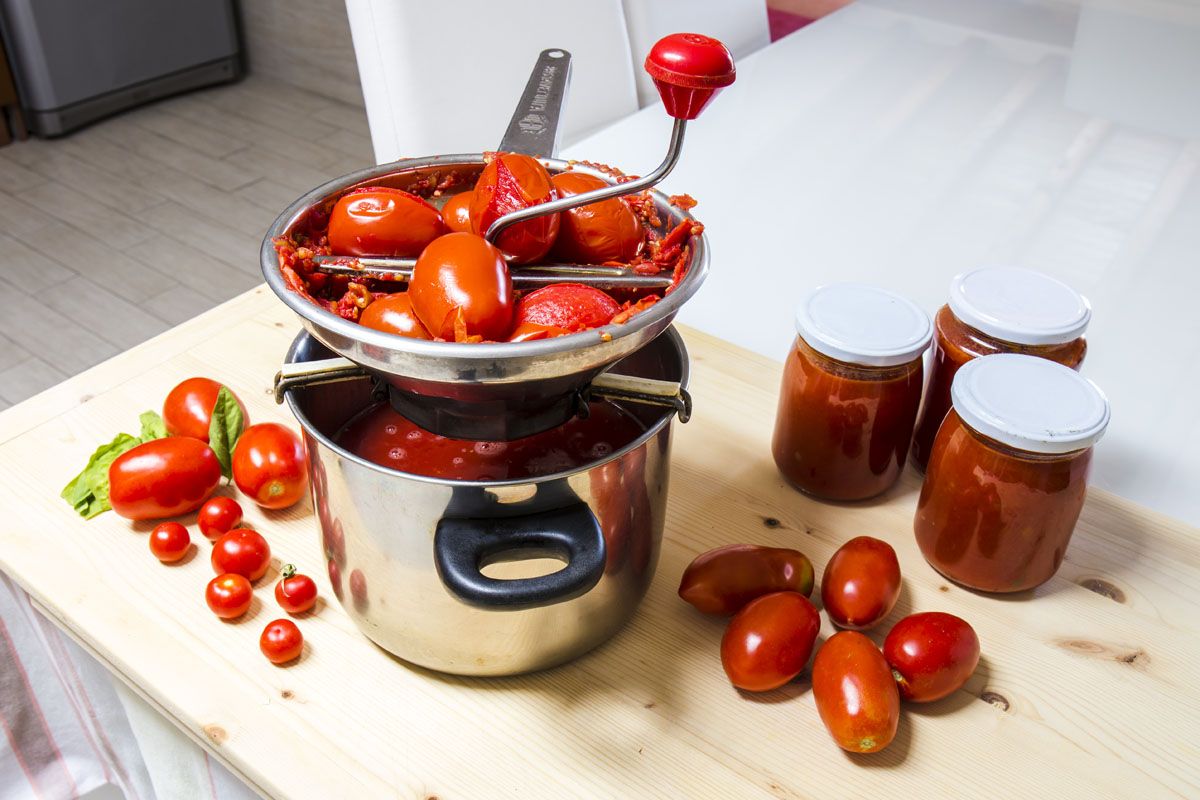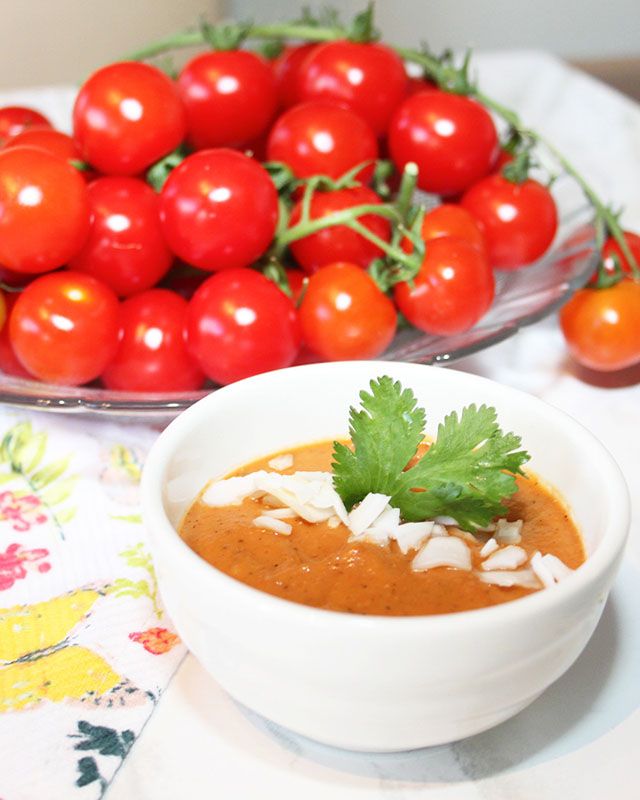
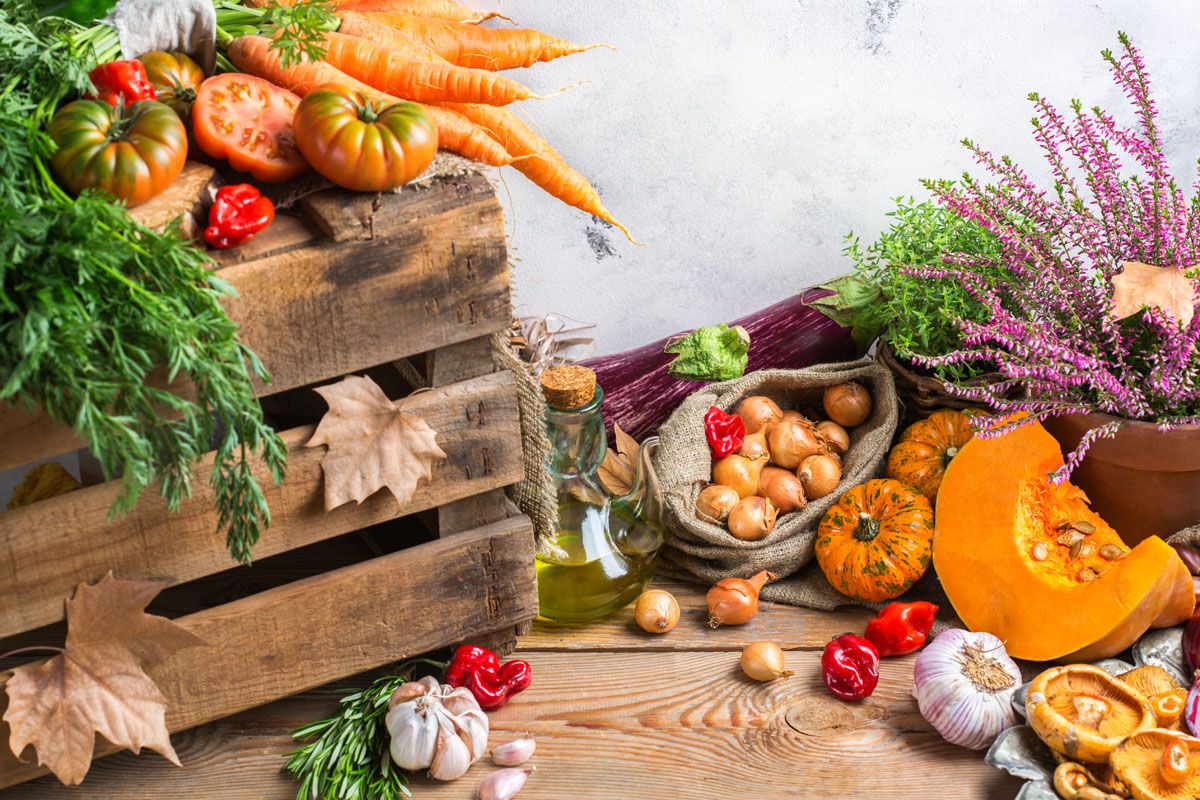
Hello my Foodie Friends!
Fall is marked by changing leaves, cool weather, cozy sweaters, and carving pumpkins, but the traditional purpose of the season is the Fall Harvest. This is the time of year we reap the harvest of our hard work planting, watering, and fertilizing over the spring and summer months. As we harvest crops, we get the chance to work with a new group of ingredients. Fall acorn, butternut squash, pumpkin, parsnips, brussels sprouts and corn are among the late season’s harvest. Each offering a cook flavor profiles that include hearty, traditional, robust foods that replace the lighter fare of spring and summer. Now is the time for braising, roasting, and grilling meats that include sauces and gravies.
Harvest time brings back many childhood memories. As most of my Foodie Friends know, I grew up in a neighborhood which was built in the middle of a very big farm. Our neighborhood was surrounded by cow pastures and corn fields creating a wondrous place for little kids to have all kinds of fun and games. We would run through the cow pastures and play hide and seek in the corn fields. Many times, we brought Mom home some ears of corn that just fell off the stalks. When it was time for the corn to be harvested, we would hide in the woods outside the corn field and watch in amazement how the corn would shoot in the harvester. When they were all done and there were short stubs where the corn stalks were, we went to work turning it into a baseball field. It was hard work but we never gave up. Sometimes we would watch the farmers stand in the middle of our homemade diamond and scratch their heads on how we did it. We did this year-after-year until we were “Too Big” to care about such childish things. In essence, way before the real “Field of Dreams,” my neighborhood had our own field of dreams in the corn field. Eventually, my pals and I grew up and moved away. Today, in the exact spot where my pals and I created our ball-field, is a place called Benjamin J. Nessing Memorial Park. Within the park are TWO lighted baseball diamonds with bleachers for spectators. Take that Kevin Costner!!!
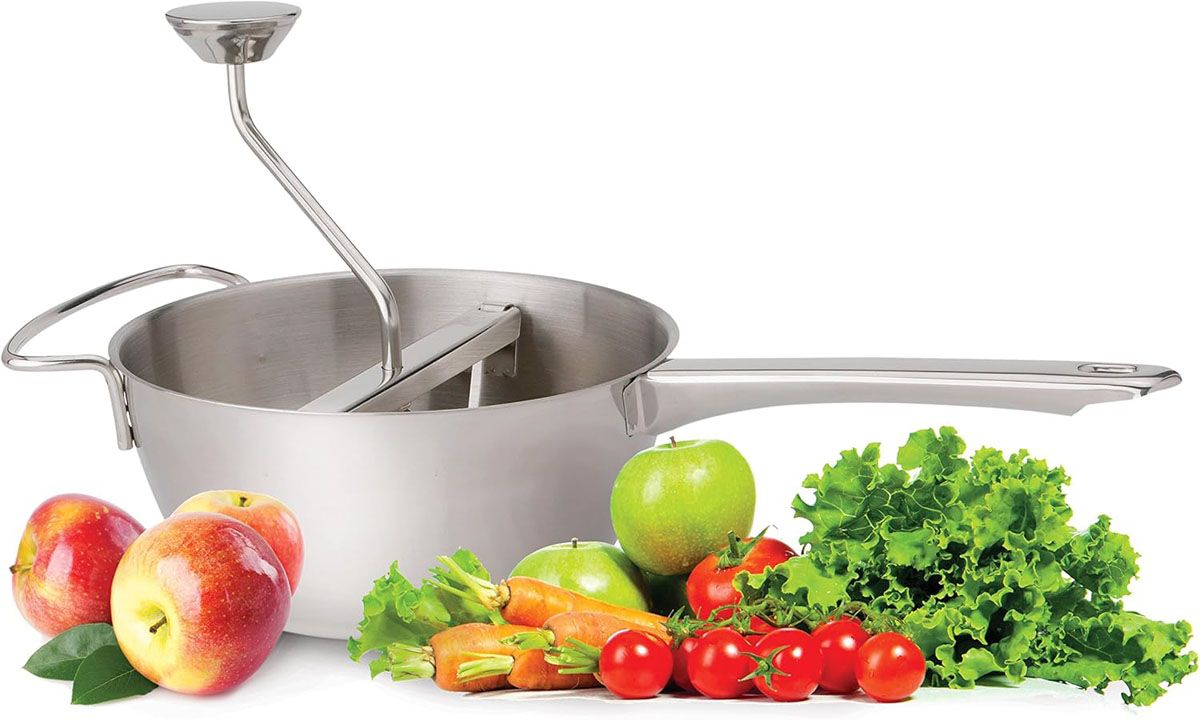
September’s “harvesting” can include…making apple/peach/ pear butters, making tomato sauce and putting pureed pumpkin in the freezer and when turning cooked apples into wholesome applesauce, freshly stewed tomatoes into a classic marinara, or steamed potatoes into a mash, the food mill proves its standing by being masterful with ingredients that are notoriously fussy to prep.
Think of a food mill as being the low-tech version of a food processor—there's no plug or motor, just a hand-crank that moves with a little help from you and your biceps. What can a food mill do that a processor can't? Just ask any homesteader or canning enthusiast what their favorite time-saving tools are and you can bet the food mill is right up there at the top of the list. This is because a food mill can simultaneously purée and strain foods so efficiently that it renders the once tedious task of peeling fruit and vegetables obsolete.
A standard food mill consists of three parts: a bowl, a perforated plate that sits at the bottom, and the aforementioned hand-crank that is responsible for moving the metal blade that pushes the food through the plate. The result of this old-timey churning is a smooth purée without a seed, peel, pit, or stem in sight. The Food Mill is a tool that allows for fine and coarse milling. The changeable bottoms give you the ability to seed your harvest by the bushel. The food mill is a cross between a food processor and a sieve. You turn the handle and an angled blade presses the contents of the mill through a perforated disk, keeping any remnants like seeds or skin safely out of your puree. Unlike a food processor or a blender, a food mill does not incorporate air into the puree altering its texture. The result is a denser puree that is ideal for foods like applesauce or tomato sauce. Many of today’s food mills are designed to fit snugly over a vessel that catches the puree allowing you to mill in place with one hand while simultaneously cranking with the other.
For the harvest season, Stop by Compliments to the Chef, your Neighborhood Kitchen and Cutlery store, located at 33 Railroad Place to pick up the essentials you need for your culinary delights. Have a thrilling time milling and enjoy your harvest. Put on the movie “Field of Dreams” or maybe even create your own.
Remember my Foodie Friends:
“Life Happens in the Kitchen.”
Take Care, John & Paula
Start with a Simple Tomato Sauce with a Food Mill
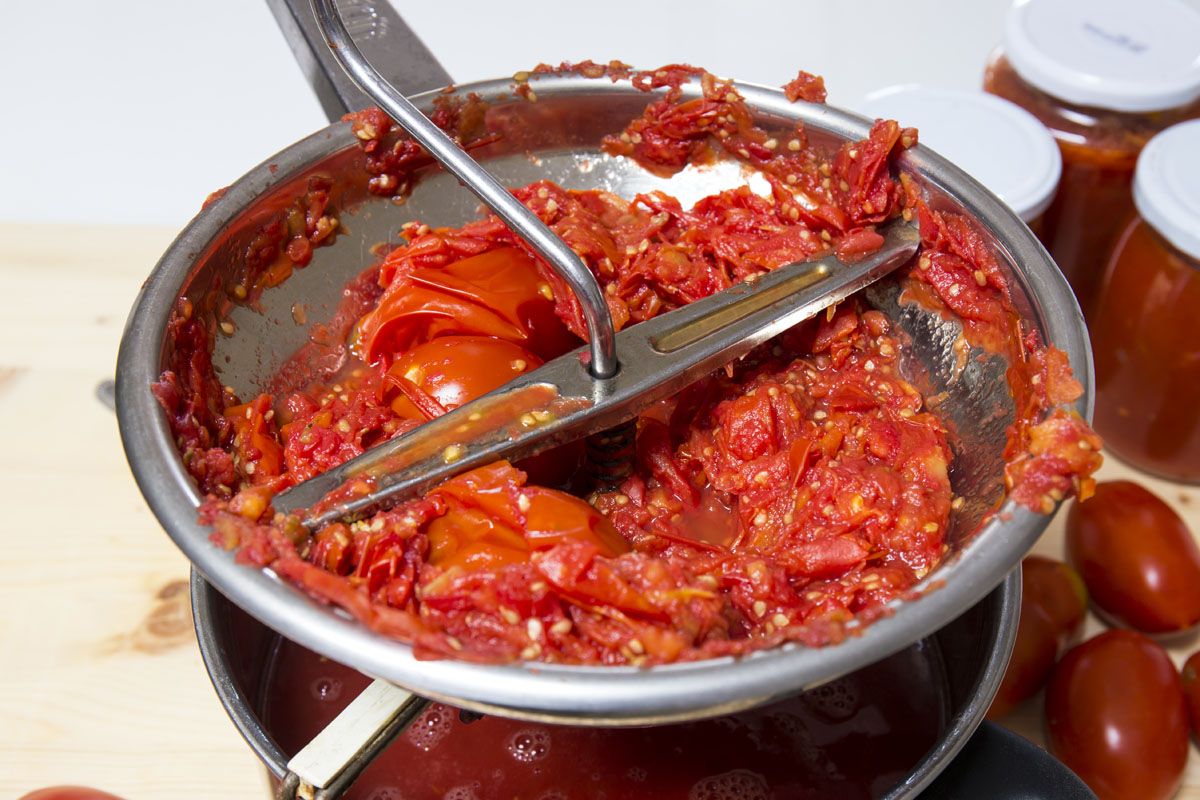
• Start by chopping your tomatoes into large chunks. You can cut the cores out of large tomatoes, but it’s not really necessary for smaller ones. Place the tomatoes in a big stock pot or Dutch Oven and bring to a simmer over medium heat. Simmer for about 5-10 minutes until the tomatoes are soft.
• Set up your food mill over a large mixing bowl or a pot. Ladle the tomatoes into the food mill and churn away… The tomato pulp and juice will fall through to your bowl and all of the skins and seeds will be left in the food mill. Really, it’s that easy!
Tomato Soup with Eggplant and Peppers
Ingredients for Soup
2 tablespoons extra virgin olive oil
1 small eggplant, peeled and diced
1 large green bell pepper, diced
1 yellow onion, diced
3 cloves garlic, minced
1 1/2 cups chicken stock
(or vegetable stock for a vegetarian version)
1 1/2 teaspoons corn starch
5 cups tomato sauce
(make homemade with food mill)
1 cup cream (or half and half)
Kosher salt
Freshly ground pepper
Instructions
Heat the olive oil in a large soup kettle or Dutch Oven over medium heat. Add the eggplant, bell pepper, onion, and garlic, and sauté until tender – about 8 to 10 minutes.
Meanwhile, whisk together the chicken stock and corn starch until smooth. Add to the sautéed vegetables. Add the tomato sauce to the pot, and stir to combine all of the ingredients evenly. Bring the soup to a boil and then reduce to a simmer. Simmer for about 10 minutes until slightly thickened.
Remove the soup from the heat and stir in the cream. Season to taste with salt and pepper. Serve immediately.
